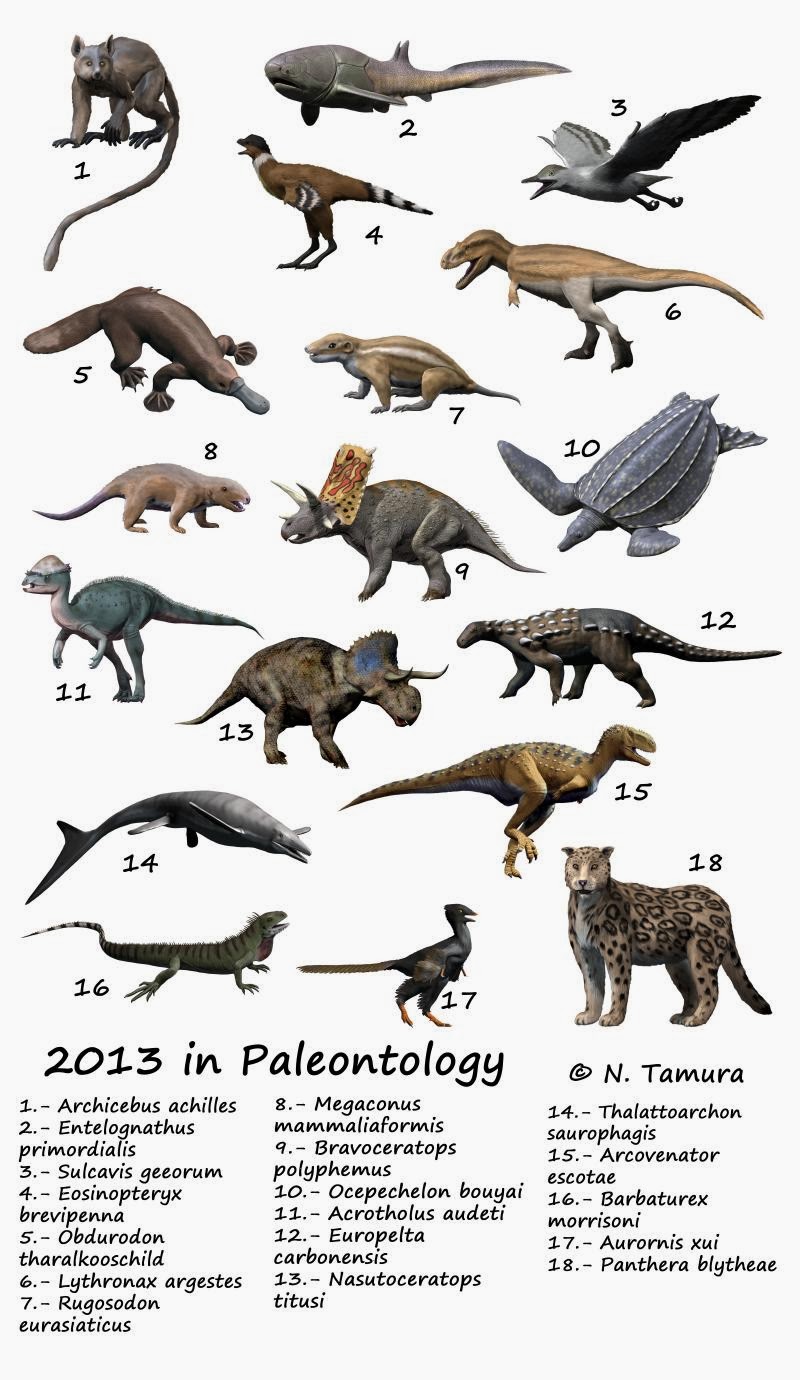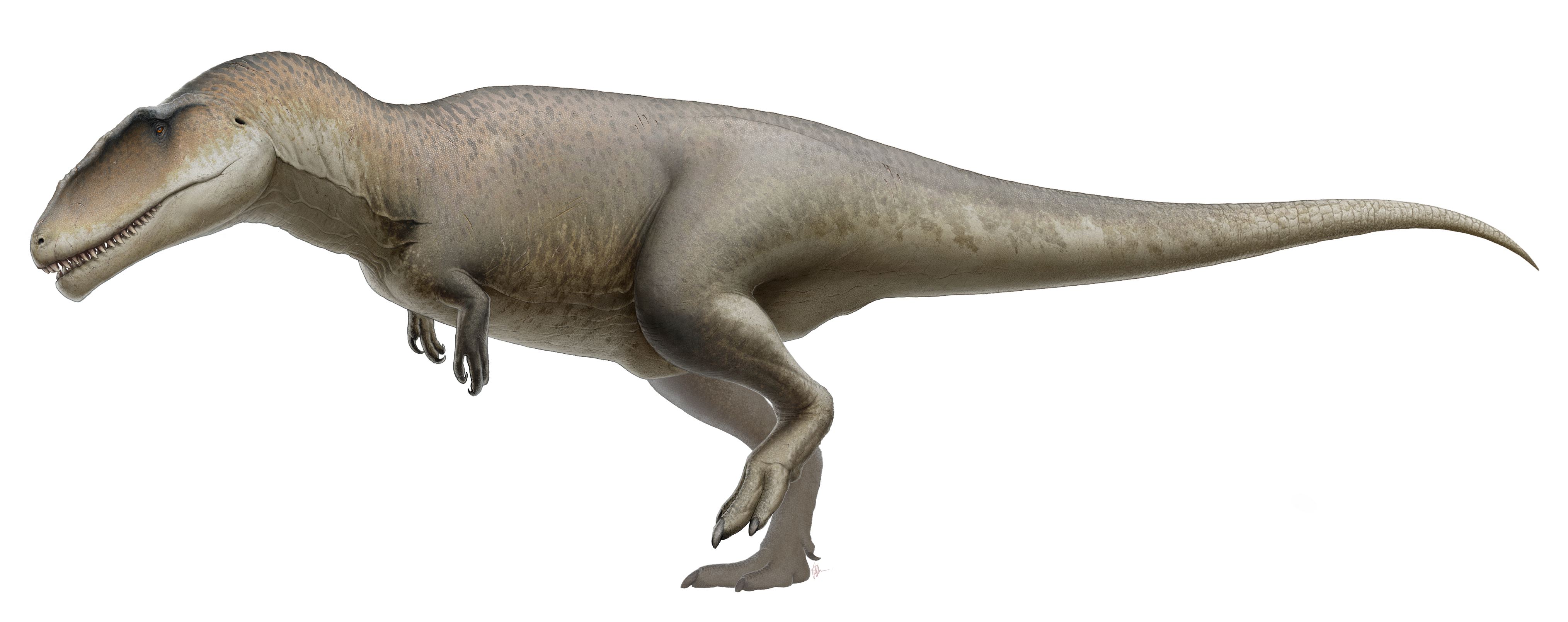|
Idiognathodus
''Idiognathodus'' is an extinct conodont genus in the family Idiognathodontidae. Use in stratigraphy The species ''Idiognathodus simulator'' made its first appearance during the Gzhelian, the youngest age of the Pennsylvanian (late Carboniferous). Two species (''Idiognathodus toretzianus'' and ''Idiognathodus sagittatus'') are amongst the three conodonts forming the biozones of the Kasimovian, the third stage in the Pennsylvanian. One species (''Idiognathodus sinuosus'') is an index fossil of a biozone of the Bashkirian, the oldest age of the Pennsylvanian, amongst six biozones based on conodonts. See also * List of Global Boundary Stratotype Sections and Points References External links ''Idiognathodus''at fossilworks Fossilworks is a portal which provides query, download, and analysis tools to facilitate access to the Paleobiology Database The Paleobiology Database is an online resource for information on the distribution and classification of fossil animals ... [...More Info...] [...Related Items...] OR: [Wikipedia] [Google] [Baidu] |
2013 In Paleontology
Plants Cnidarians Arthropods Bryozoans Brachiopods Molluscs Echinoderms Conodonts Fishes Amphibians Research * Laloy ''et al.'' (2013) reinterpret the Eocene frog species ''Rana cadurcorum'' from the Quercy Phosphorites (France) as a junior synonym of '' Thaumastosaurus gezei''. Newly named temnospondyls Newly named lepospondyls Newly named lissamphibians Turtles Research * A study on the anatomy of the brain and inner ear of the Jurassic turtle ''Plesiochelys etalloni'' is published by Paulina Carabajal ''et al.'' (2013). Newly named turtles Thalattosaurs Ichthyopterygians Lepidosauromorphs Newly named sauropterygians Newly named rhynchocephalians Newly named lizards Newly named snakes Archosauromorphs Newly named basal archosauromorphs Archosaurs Other reptiles Synapsids Non-mammalian synapsids Research * The postcranial skeleton of therocephalian '' Ictidosuchoides'' is described by Heidi Fourie (2013). New taxa ... [...More Info...] [...Related Items...] OR: [Wikipedia] [Google] [Baidu] |
2016 In Paleontology
Flora Plants Fungi Cnidarians Research * '' Yunnanoascus haikouensis'', previously thought to be a member of Ctenophora, is reinterpreted as a crown-group medusozoan by Han ''et al.'' (2016). * A study on the fossil corals from the Late Triassic (Norian) outcrops in Antalya Province (Turkey), indicating that the corals lived in symbiosis with photosynthesizing dinoflagellate algae, is published by Frankowiak ''et al.'' (2016). New taxa Arthropods Bryozoans Brachiopods Molluscs Echinoderms Conodonts Fishes Amphibians Research * A study on the histology and growth histories of the humeri of the specimens of ''Acanthostega'' recovered from the mass-death deposit of Stensiö Bjerg (Greenland) is published by Sanchez ''et al.'' (2016), who argue that even the largest individuals from this deposit are juveniles. * Fossils of a tetrapod resembling '' Ichthyostega'' and a probable whatcheeriid-grade tetrapod are described from two Devonian (Famennian) localities fr ... [...More Info...] [...Related Items...] OR: [Wikipedia] [Google] [Baidu] |
2012 In Paleontology
Note: In 2012, the International Code of Zoological Nomenclature was amended, with new regulations allowing the publication of new names and nomenclatural acts in zoology after 2011, in works "produced in an edition containing simultaneously obtainable copies by a method that assures (...) widely accessible electronic copies with fixed content and layout", provided that the work is registered in ZooBank before it is published, the work itself states the date of publication with evidence that registration has occurred, and the ZooBank registration states both the name of an electronic archive intended to preserve the work and the ISSN or ISBN associated with the work. New scientific names appearing in electronic works are not required to be registered in ZooBank, only the works themselves are. Works containing descriptions of some of the taxa listed below were not printed on paper in 2012; however, the taxa that were described in works which were registered in ZooBank in 2012 are ... [...More Info...] [...Related Items...] OR: [Wikipedia] [Google] [Baidu] |
Kasimovian Life
The Kasimovian is a geochronologic age or chronostratigraphic stage in the ICS geologic timescale. It is the third stage in the Pennsylvanian (late Carboniferous), lasting from to Ma.; 2004: ''A Geologic Time Scale 2004'', Cambridge University Press. The Kasimovian Stage follows the Moscovian and is followed by the Gzhelian. The Kasimovian saw an extinction event which occurred around 305 mya, referred to as the Carboniferous Rainforest Collapse. It roughly corresponds to the Missourian in North American geochronology and the Stephanian in western European geochronology. Name and definition The Kasimovian is named after the Russian city of Kasimov. The stage was split from the Moscovian in 1926 by Boris Dan'shin (1891-1941), who gave it the name ''Teguliferina horizon''. The name was posthumously changed in ''Kasimov horizon'' by Dan'shin in 1947. The name Kasimovian was introduced by Georgy Teodorovich in 1949. The base of the Kasimovian Stage is at the base of the fusu ... [...More Info...] [...Related Items...] OR: [Wikipedia] [Google] [Baidu] |
Kasimovian
The Kasimovian is a geochronology, geochronologic age (geology), age or chronostratigraphy, chronostratigraphic stage (stratigraphy), stage in the International Commission on Stratigraphy, ICS geologic timescale. It is the third stage in the Pennsylvanian (geology), Pennsylvanian (late Carboniferous), lasting from to Megaannum, Ma.; 2004: ''A Geologic Time Scale 2004'', Cambridge University Press. The Kasimovian Stage follows the Moscovian (Carboniferous), Moscovian and is followed by the Gzhelian. The Kasimovian saw an extinction event which occurred around 305 mya, referred to as the Carboniferous Rainforest Collapse. It roughly corresponds to the Missourian in North American geochronology and the Stephanian (stage), Stephanian in western European geochronology. Name and definition The Kasimovian is named after the Russian city of Kasimov. The stage was split from the Moscovian in 1926 by Boris Dan'shin (1891-1941), who gave it the name ''Teguliferina horizon''. The name was ... [...More Info...] [...Related Items...] OR: [Wikipedia] [Google] [Baidu] |
Gzhelian
The Gzhelian ( ) is an age in the ICS geologic timescale or a stage in the stratigraphic column. It is the youngest stage of the Pennsylvanian, the youngest subsystem of the Carboniferous. The Gzhelian lasted from to Ma. It follows the Kasimovian age/stage and is followed by the Asselian age/stage, the oldest subdivision of the Permian system. The Gzhelian is more or less coeval with the Stephanian Stage of the regional stratigraphy of Europe. Name and definition The Gzhelian is named after the Russian village of Gzhel (russian: Гжель), nearby Ramenskoye, not far from Moscow. The name and type locality were defined by Sergei Nikitin (1850–1909) in 1890. The base of the Gzhelian is at the first appearance of the Fusulinida genera '' Daixina'', '' Jigulites'' and '' Rugosofusulina'', or at the first appearance of the conodont ''Streptognathodus zethus''. The top of the stage (the base of the Permian system) is at the first appearance of the conodont ''Streptognath ... [...More Info...] [...Related Items...] OR: [Wikipedia] [Google] [Baidu] |
List Of Global Boundary Stratotype Sections And Points
This is a list of Global Boundary Stratotype Sections and Points. Since 1977, Global Boundary Stratotype Sections and Points (abbreviated GSSPs) are internationally agreed upon reference points on stratigraphic sections of rock which define the lower boundaries of stages on the geologic time scale. They are selected by the International Commission on Stratigraphy based on multiple factors, but their accessibility and the degree to which they are representative of the same boundary on sections worldwide are among the most important. Since GSSPs require well-preserved sections of rock without interruptions in sedimentation, and since most are defined by different stages of animal life, defining them becomes progressively more difficult as one goes further back in time. Organization of this list This list is divided first into the geologic eras of the Phanerozoic (the Cenozoic, the Mesozoic, and the Paleozoic) and then into the geologic periods of each era. Each period is marked ... [...More Info...] [...Related Items...] OR: [Wikipedia] [Google] [Baidu] |
Idiognathodontidae
Idiognathodontidae is an extinct conodont family.New Pennsylvanian conodonts from Oklahoma. RW Harris and RV Hollingsworth, American Journal of Science, March 1933, Series 5, Vol. 25, no. 147, pages 193-204, Genera are ''Gnathodus'', ''Idiognathodus'', and '' Protognathodus''. References External links Idiognathodontidaeat fossilworks Fossilworks is a portal which provides query, download, and analysis tools to facilitate access to the Paleobiology Database The Paleobiology Database is an online resource for information on the distribution and classification of fossil animals ....org (retrieved 30 April 2016) Ozarkodinida families {{Conodont-stub ... [...More Info...] [...Related Items...] OR: [Wikipedia] [Google] [Baidu] |
Gzhelian Life
The Gzhelian ( ) is an age in the ICS geologic timescale or a stage in the stratigraphic column. It is the youngest stage of the Pennsylvanian, the youngest subsystem of the Carboniferous. The Gzhelian lasted from to Ma. It follows the Kasimovian age/stage and is followed by the Asselian age/stage, the oldest subdivision of the Permian system. The Gzhelian is more or less coeval with the Stephanian Stage of the regional stratigraphy of Europe. Name and definition The Gzhelian is named after the Russian village of Gzhel (russian: Гжель), nearby Ramenskoye, not far from Moscow. The name and type locality were defined by Sergei Nikitin (1850–1909) in 1890. The base of the Gzhelian is at the first appearance of the Fusulinida genera '' Daixina'', '' Jigulites'' and '' Rugosofusulina'', or at the first appearance of the conodont ''Streptognathodus zethus''. The top of the stage (the base of the Permian system) is at the first appearance of the conodont ''Streptognath ... [...More Info...] [...Related Items...] OR: [Wikipedia] [Google] [Baidu] |
Conodont
Conodonts (Greek ''kōnos'', "cone", + ''odont'', "tooth") are an extinct group of agnathan (jawless) vertebrates resembling eels, classified in the class Conodonta. For many years, they were known only from their tooth-like oral elements, which are usually found in isolation and are now called conodont elements. Knowledge about soft tissues remains limited. They existed in the world's oceans for over 300 million years, from the Cambrian to the beginning of the Jurassic. Conodont elements are widely used as index fossils, fossils used to define and identify geological periods. The animals are also called Conodontophora (conodont bearers) to avoid ambiguity. Discovery and understanding of conodonts The teeth-like fossils of the conodont were first discovered by Heinz Christian Pander and the results published in Saint Petersburg, Russia, in 1856. The name ''pander'' is commonly used in scientific names of conodonts. It was only in the early 1980s that the first fossil evidence of ... [...More Info...] [...Related Items...] OR: [Wikipedia] [Google] [Baidu] |
Bashkirian Life
The Bashkirian is in the ICS geologic timescale the lowest stage or oldest age of the Pennsylvanian. The Bashkirian age lasted from to Ma, is preceded by the Serpukhovian and is followed by the Moscovian. The Bashkirian overlaps with the upper part of the Namurian and lower part of the Westphalian stages from regional European stratigraphy. It also overlaps with the North American Morrowan and Atokan stages and the Chinese Luosuan and lower Huashibanian stages. Name and definition The Bashkirian was named after Bashkiria, the then Russian name of the republic of Bashkortostan in the southern Ural Mountains of Russia, home of the Bashkir people. The stage was introduced by Russian stratigrapher Sofia Semikhatova in 1934. The base of the Bashkirian is at the first appearance of conodont species ''Declinognathodus noduliferus''. The top of the stage (the base of the Moscovian) is at the first appearance of the conodonts ''Declinognathodus donetzianus'' or ''Idiognathoides ... [...More Info...] [...Related Items...] OR: [Wikipedia] [Google] [Baidu] |
1931 In Paleontology
Paleozoology Arthropods Insects Vertebrates Conodonts Jawless fish Edward Branson and Maurice Mehl described the extinct genus of heterostracan agnathan ''Cardipeltis'' in the Jefferson Formation of Utah.Fishes of the Jefferson Formation of Utah. E. B. Branson and M. G. Mehl, The Journal of Geology ''The Journal of Geology'' publishes research on geology, geophysics, geochemistry, sedimentology, geomorphology, petrology, plate tectonics, volcanology, structural geology, mineralogy, and planetary sciences. Its content ranges from planetary evo ..., Vol. 39, No. 6 (Aug. - Sep., 1931), pages 509-531Stable URL retrieved 29 April 2016) Newly named archosauromorphs = Dinosaurs = Data courtesy of George Olshevsky's dinosaur genera list. Synapsids = Non-mammalian = References {{portal, Paleontology 1930s in paleontology Paleontology 1 ... [...More Info...] [...Related Items...] OR: [Wikipedia] [Google] [Baidu] |



